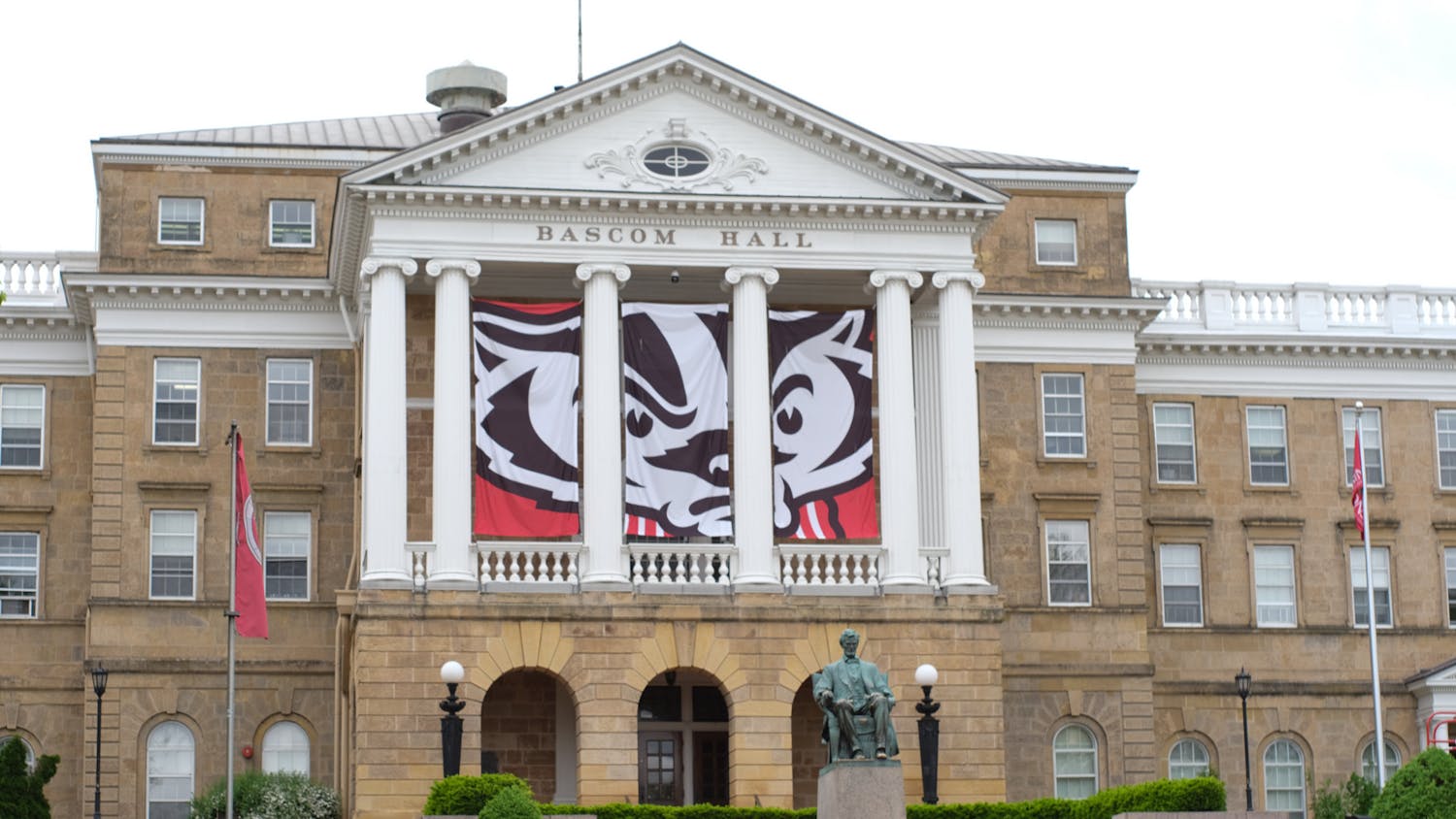Garret Payne was having a bad day.
A junior at UW-Madison, Payne dutifully went to the polls on Wisconsin’s April 5 primary only to be told that his Illinois driver’s license was not enough for him to vote.
An annoyed Payne was forced to trek to Union South to get a voting ID but he said he would not be deterred by the state’s voter ID law, signed into law in 2011 and put into place in 2016 after various legal challenges.
“It is important to me [to vote] and I feel like they’re inhibiting me and I’m trying not to take my vote with me,” Payne said. “It makes me want to vote more.”
Payne isn’t alone in considering changes to Wisconsin’s election laws to be an imposition, as residents young and old had to deal with the confusion and uncertainty that a variety of new rules have brought to the election day. But while Payne came back to register to vote and cast his ballot, many Wisconsinites did not.
As a federal court considers yet another legal challenge resting on many of these same issues, voter registration data shows fewer people as registered in the state compared with previous years.
The percentage of voters registered in 66 of Wisconsin’s 72 counties has declined since 2010, according to data from the Government Accountability Board. The drops ranged from a virtually negligible decline in some areas to a 27 percent decrease in Calumet County.
Eight counties experienced double-digit changes in voter registration and the state experienced a drop as a whole of four percent. The changes held true regardless of income, as the richest county per capita, Waukesha, and the poorest county per capita, Ashland, both experienced declines in voter registration.
A few counties saw modest increases in voter registration, including the state’s most populous county: Milwaukee. Dane County, home of the state capital, virtually flatlined in the six years despite major population growth, with about 87 percent of that area’s residents registered.
But it is unclear that the changes are due to the voter ID laws. Reid Magney, spokesperson for the GAB, said it is important to separate the voter registration process from the requirement that Wisconsinites present an ID to vote.
“Sometimes when people look at changes in laws it is easy to get those things confused, because some changes happened at the same time,” Magney said. “Registration is different than what you have to do when you vote.”
Barry Burden, professor of political science at UW-Madison, pointed to other recent changes that could influence voter turnout. Burden said that changes to what proof of residency a person needs to present to register could suppress those numbers.
“If the person wanted to register at the polls and didn’t have a utility bill or proof of residence, they could have someone vouch for them,” Burden said. “That system was in place for many years and is no longer applicable.”
Magney also noted other changes that could have affected registration. He said a voter needed only to live in Wisconsin for 10 days before being eligible to vote but the state legislature extended that requirement to a month in 2011.
In addition, the role of Special Registration Deputies, who go into communities to register voters, is changing. Showing SRDs proof of residence is no longer good enough, as voters have to bring that document with them to the polls. And after a bill passed in the most recent session paved the way for online voter registration, the future of SRDs themselves may be up in the air. The legislation eliminated SRDs in favor of the new technology.
“Our hope is with online voter registration, groups can bring iPads and take it right to the people [instead of SRDs],” Magney said. “I think there may be ways to make that easier.”
Despite the statewide decrease in registered voters, Wisconsin’s April 5 primary had one of the highest turnouts in the state’s history, with turnout across the Badger State pushing 48 percent. And while the GAB hasn’t released same-day voter registration totals, evidence in other states suggests that voters signing up at their polling place will go up significantly when compared with previous elections.
Burden said that Wisconsin has some of the best voter turnout in the country despite decreases in voter registration.
“Wisconsin is typically among the highest turnout in the nation. In presidential elections, Wisconsin is typically the second highest behind Minnesota,” he said. “Wisconsin is very close to the top when it comes to turnout.”
Magney said that while changes to voting laws may have small effects, Wisconsin is still poised to remain one of the more politically engaged states in the country.
“What do you do about the other 30 percent of people who, in the system, still don’t turnout?” Magney said. “Can you say it is because they feel there are hurdles or is it because they aren’t interested enough? [GAB Director] Kevin Kennedy says often that people will come out when they think their vote will matter, when they have a stake in it. When it doesn’t look like the race is close, people on the margins tend to stay home.”






